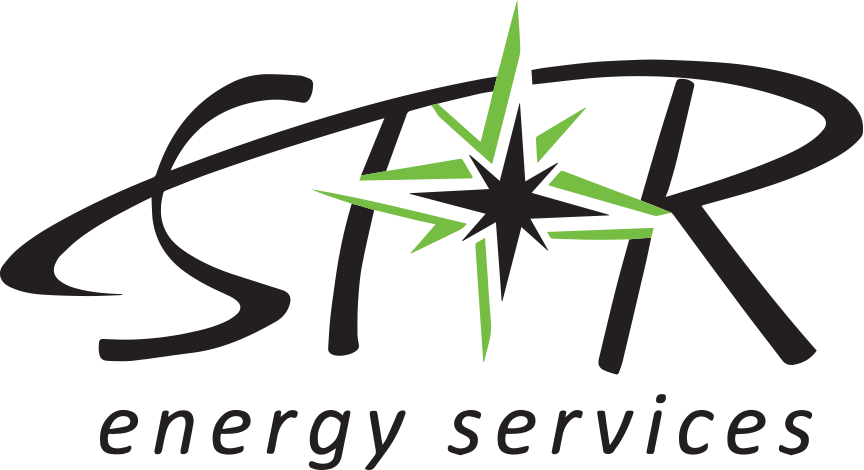Summer 2025 | Edition 33
Understanding OSHA Noise Standards & The Importance of Noise Exposure Assessments
One of the most common and preventable occupational illnesses in the United States is noise-induced hearing loss. The Centers for Disease Control and Prevention (CDC) estimates that 22 million workers are exposed to hazardous noise each year, and an estimated $242 million is spent annually on worker compensation for hearing loss disability. Noise exposure can be a concern for electric utilities.
As you know, linework can involve many scenarios, including system maintenance work and new construction, that could expose workers to harmful noise levels. Methods for determining occupational noise exposure are outlined in the American National Standards Institute International Organization for Standardization (ANSI-ISO) Standard 9612-2009. The Occupational Safety and Health Administration (OSHA) requires employers to implement a hearing conservation program when certain criteria are met. These regulations are outlined in OSHA Standards 29 CFR 1910.95 for general industry and 29 CFR 1926.52 for construction.
Standard 1910.95 applies to general day-to-day work in shops, warehouses, and system maintenance work on lines or substations. For this work, the permissible exposure limit is 85 decibels (dBA) over 8 working hours, also described as an 8-hour time-weighted average (TWA).
Standard 1926.52, which governs new construction activities, such as constructing a new line or substation, limits exposure to 90 dBA over 8 hours. When employee noise exposure meets or exceeds the 8-hour TWA exposure limit for either type of work, the following activities are required:
a noise monitoring program
employee notification
training and hearing protection
a hearing conservation program, which includes required audiometric testing, and associated record keeping
To comply with these standards, employers should conduct noise exposure assessments. These assessments identify noisy tasks and determine if employee noise exposure meets or exceeds the established TWA limits. The noise assessment process includes surveying work areas, selecting employees for monitoring, and measuring sound levels using sound level meters or personal noise dosimeters. Measurements should represent typical tasks and full work shifts. Time-weighted averages (TWAs) are then calculated and compared to OSHA thresholds to decide if further action is required.
Hearing loss is permanent. The stakes are exceptionally high for workers who rely on their hearing to communicate, detect hazards, and stay safe. Conducting a noise assessment is not just a regulatory checkbox but a key part of a utility’s safety program. It protects our most valuable assets, reduces exposure, and helps to prevent hearing loss claims. By understanding and applying noise standards, utilities can ensure safer, healthier workplaces for their crews.
Special thanks to Lisa Tickhill, Safety Compliance Coordinator, CLCP, Emily King, Engineering Technician, and Brandon Cruz, Safety Coordinator, CLCP, for their expertise and contributions to this article.
References:
29 CFR 1910.95 – Occupational Noise Exposure (General Industry) — https://www.osha.gov/laws-regs/regulations/standardnumber/1910/1910.95
29 CFR 1926.52 – Occupational Noise Exposure (Construction) — https://www.osha.gov/laws-regs/regulations/standardnumber/1926/1926.52
National Institute for Occupational Safety and Health (NIOSH) Noise and Hearing Loss Prevention — https://www.cdc.gov/niosh/topics/noise/
Occupational Safety and Health Administration (OSHA) Noise Exposure – Safety and Health Topics — https://www.osha.gov/noise
Noise and Hearing Loss — https://www.cdc.gov/niosh/noise/surveillance/?CDC_AAref_Val=https://www.cdc.gov/niosh/topics/ohl/default.html
Noise Exposure Assessment Checklist
Prepare
Identify noisy equipment, tools, and vehicles. (e.g., bucket trucks, chainsaws, generators, pneumatic tools)
Select employees whose tasks represent typical and/or highest exposure.
Calibrate the sound level meter (SLM) before use.
Measure
Use SLM to record noise levels for identified tasks (dBA).
Document required measurements:
Location and date of measurements.
Tasks being performed during measurement.
Equipment used and calibration details.
Noise level measurements. (taken within 4” of employee ear canal opening)
Duration of exposure.
Compare to OSHA Limits
Calculate TWA for each selected employee’s daily noise exposure.
Compare exposure and TWA results to applicable OSHA standards.
Follow-Up Actions if Exposure Exceeds Limits
Evaluate and implement engineering controls. (e.g., quieter equipment, barriers)
Consider administrative controls. (e.g., job rotation, limit time in noisy areas)
Provide appropriate hearing protection.
Train workers on noise hazards and the proper use of hearing protection.
Document.
Note: This checklist is intended as a guide and is not all-inclusive. Each utility may have unique equipment, work environments, and operational conditions that affect noise exposure. Utilities should tailor their noise exposure assessments to reflect the specific tasks, tools, and risks present in their workplace to ensure full compliance with OSHA regulations.
STAR Energy Services is a Geotab Marketplace Partner
STAR Energy’s Geotab to MultiSpeak® Connector enables real-time fleet data from Geotab to integrate directly with utility enterprise systems using the MultiSpeak® standard. Designed specifically for electric cooperatives and public power utilities, the solution translates AVL data into actionable formats compatible with platforms like NISC™ and Milsoft® OMS and GIS.
Utilities gain improved situational awareness, automated outage response, and streamlined operations without manual data handling. The Connector runs securely in the cloud, requires minimal setup, and is backed by a team with deep utility experience.
If your utility uses Geotab and needs MultiSpeak® compliance, our integration bridges that gap—simply and reliably.





